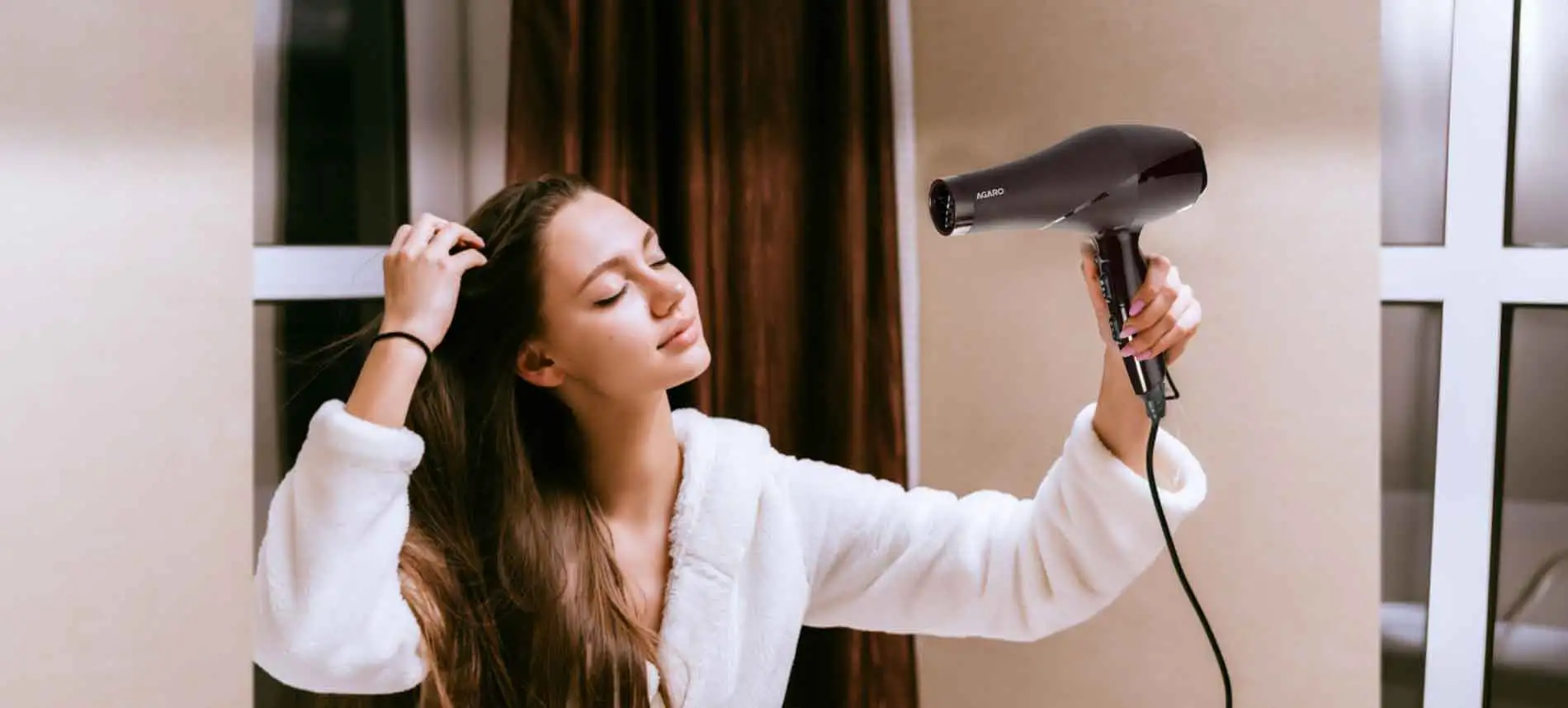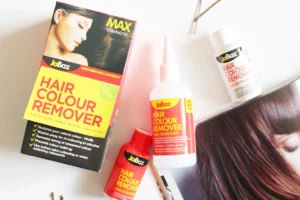Maximum hair dryers are designed to blow hot air with a purpose to quickly dry wet hair. But exactly how hot do they get?
The average client level blow dryer operates inside a temperature range of around 100 one hundred fifty (212-302°F).
This warmth stage is heat sufficient to evaporate water from hair strands in a well timed manner yet not so intense that it causes damage in the course of recurring use.
Professional salon dryers, which are often higher quality, more durable devices intended for frequent, long term styling, may reach slightly higher maximum temperatures topping out at around 175°C (347°F).
Hairstyles and other professionals do not use the absolute maximum possible heat setting for extended periods on clients.
Prolonged exposure to maximum heat risks over drying hair textures and causing harm.
Table 1. Common Temperature Ranges of Hair Dryers
| Dryer Type | Temperature Range |
| Consumer home use dryer | 100-150°C (212-302°F) |
| Professional salon dryer | Up to 175°C (347°F) |
These standard temperature capabilities apply to basic metal dryers without innovative additional components. Many modern dryers integrate new materials into their design like ceramics or tourmaline intended to reduce heat related damage during drying.
Factors That Impact a Hair Dryer Heat Level
There are several key factors that determine exactly how hot air will exit any given hair dryer:
Heat Setting
All dryers are equipped with variable heat settings that allow adjusting the temperature, such as low, medium, and high.
Lower settings like “cool” circulate air that is barely warm, while a high setting approaches the dryer’s maximum capacity. Choosing the lowest effective heat minimizes risk of over drying hair.
Wattage
A dryer’s electrical power rating directly correlates to its heating output; higher wattage means faster heating.
A 1,200 watt dryer will generally reach maximum temperature quicker than an 800 watt model.
More power does not always translate to shorter drying time since distributing heat evenly is also important.
Material Innovation
Modern dryers incorporate advanced components like ceramic tourmaline intended to shorten drying time while reducing heat level needed.
Ceramic, for instance, uses infrared heating technology to lock in moisture at lower temperatures than traditional plastics and metals. Multiple infrared heat zones distribute warmth evenly without hot spots.
Effects of Prolonged High Heat Exposure
Over drying hair through lengthy and repeated use on high heat puts strands through intensive dehydration that causes problems over the long run like:
- Split ends and breakage as proteins maintaining hair integrity are damaged by excess drying.
- Porosity issues may arise when cuticle scales rise up, making hair prone to fizziness and unable to properly hydrate.
- Chemical structure weakening leaves hair vulnerable to external factors like pollution and sun exposure accelerating damage further.
- Sensitive scalps can develop irritation when subjected to very hot air streams continuously. Redness, flaking, or discomfort may result from prolonged direct high heat contact.
- Vulnerable color treated hair is at high risk of fading more quickly due to increased porosity from over drying when styling heated tools like dryers.
Tips for Safe hair Dryer
Applying some dry best practices can allow maximizing styling benefits while avoiding potential harm:
- Only using heat settings and durations needed low or medium heat often suffices for most hair textures when not in a hurry.
- Hold the nozzle 6 12 inches away rather than immediately adjacent to diffuse warmth evenly.
- Attach a diffuser for curly or coarse manes to gently separate strands as they dry.
- Finish with several pulses of cool air to seal cuticles for healthy sheen and smoothness.
- Allow breaks between sections when drying large amounts to prevent over drying certain areas.
- Use a heat protectant product before and after heating tools like dryers to provide a protective barrier.
Choosing the Right hair Dryer Features
When selecting or upgrading a dryer, these additional factors are worth considering:
- Tourmaline ceramics for lower, more even distribution of infrared warmth with protective ionic properties.
- Multiple heat speed settings for versatility with different textures and styles.
- Folding handles and lightweight ergonomic designs for long periods of use.
- Diffuser attachments compatible with particular dryer model sizes for curly hair care.
- Airflow concentrators aid precise, gentle styling without damage from excessive drying.
Understanding a blow dryer’s heat capabilities and safe use techniques empowers anyone to care for their hair healthy while still enjoying styling flexibility.
Following manufacturer recommendations maximizes dryer longevity too.
Frequently Asked Question (FAQs)
Q: How hot is a hair dryer compared to a heat gun?
A: Hair dryers produce less heat than heat guns.
Q: How hot is too hot for hair?
A: Any temperature above 200ºC/392ºF will cause damage to the hair.
Q: What temperature is safe for hair?
A: Below 300-395 degrees.
Q: Does hair dryer damage hair?
A: Can cause hair damage such as roughness, dryness and loss of hair color.
Q: Does 150 degrees damage hair?
A: Using 150 degree heat on type four hair will lead to a small lack of elasticity and the hair cuticles will start rising.
Conclusion of hair dryer:
In conclusion, hair dryers are an indispensable styling tool, but it’s important to understand how heat affects hair so it can be used safely and effectively.
The typical temperature range that home and professional dryers operate at is between 100-175°C, with many factors influencing precise heat levels.
While this warmth is needed to dry hair, prolonged exposure can cause damage over time through dehydration and breakage.
By choosing the appropriate heat setting for your hair type, holding the nozzle at a safe distance, finishing with cool air, and protecting hair with heat styling products, you can maximize your dryer’s benefits without risking hair health or scalp discomfort from over drying.
Proper techniques enable the flexibility of styling with a hair dryer while guarding against potential damage.












